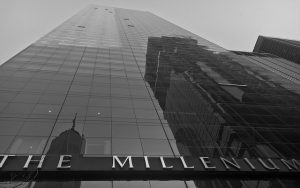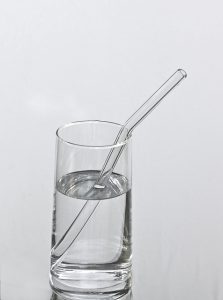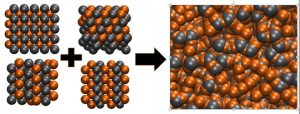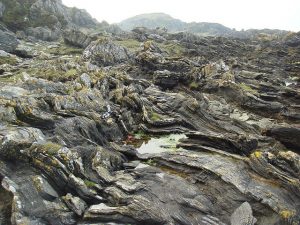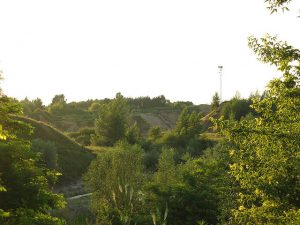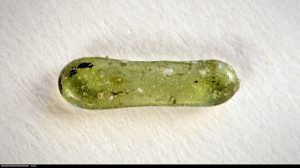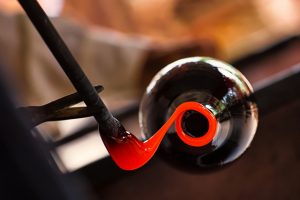
Can glass point the way to cleaner energy?
A researcher at Georgia Tech University thinks that glass may help us understand how to create cleaner energy. Electricity, which is the most common form of generated energy on Earth, is largely generated from burning “fossil fuels” like coal and natural gas. Although electricity itself is “clean,” the process to produce it is pretty dirty. Reducing demand for “dirty” electricity could help reduce global warming without sacrificing the availability of electricity.
Finding ways to reduce demand for electricity is particularly important as more countries in developing nations build their electrical infrastructure. Professor Asegun Henry believes that the key to reducing electricity demand may be found by studying heat transfer at the atomic level.
To unwind the mystery of what happens among atoms, Henry studied glass. In doing so, Henry was able to explain why the thermal conductivity of glass increases as its temperature rises. Unlike other materials, as the temperature of glass rises, it becomes better able to transfer heat among glass atoms.
To find out why, Henry looked at the phonons in glass. Phonons are subatomic particles – on par with electrons and photons – but they come from the collective vibration of atoms in a material. Phonons help scientists predict the thermal conductivity of conventional solids – those that form a crystalline structure.
Glass isn’t an ordinary solid, and its molecules don’t form a crystalline structure. The formulas that scientists use to predict thermal conductivity in crystalline solids don’t work for amorphous materials like glass. Collective atomic vibrations in glass are very different, so they’re much harder to describe mathematically. Unique atomic vibrations can be created in glass by clusters of just a few atoms.
The working assumption was that the small, unique or localized vibrations didn’t make any meaningful contributions to heat transfer among the atoms in glass. Henry’s research challenged this assumption and found that these localized vibrations contribute significantly to heat transfer among the atoms in glass. He also determined that the localized vibrations were also responsible for the increase in the thermal conductivity of glass as the temperature increases.
Understanding how heat transfers through glass could potentially lead to discoveries that reduce heat transfer through glass. That’s important because glass used in buildings is responsible for a substantial amount of heat loss. Interrupting heat transfer among glass molecules could significantly reduce the demand for electricity by making building glass more efficient.
Glassprimer™ glass paint is a specialized glass coating that bonds permanently to glass surfaces. GlassPrimer also makes a glass surface molecular activator that is designed to work with UV-inkjet glass printing processes. Glassprimer™ glass paint can be used in both interior and exterior applications and can help reduce solar heat gain in some applications. For more information about Glassprimer™ glass paint, please visit the rest of our site. If you’d like to purchase Glassprimer™ glass paint, please visit our online store .
Photo Credit: Andy Smith, via Flickr.com

